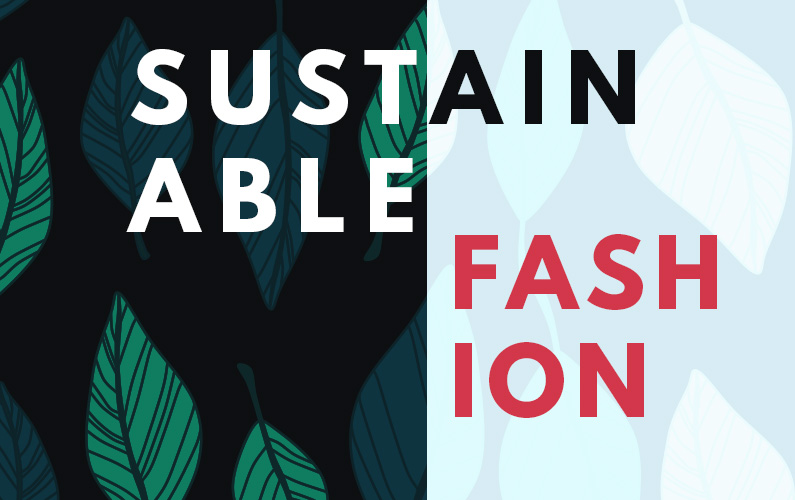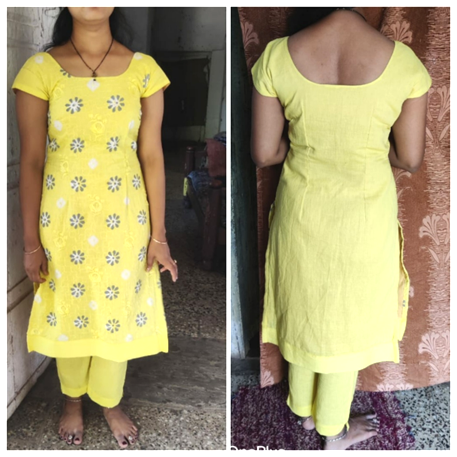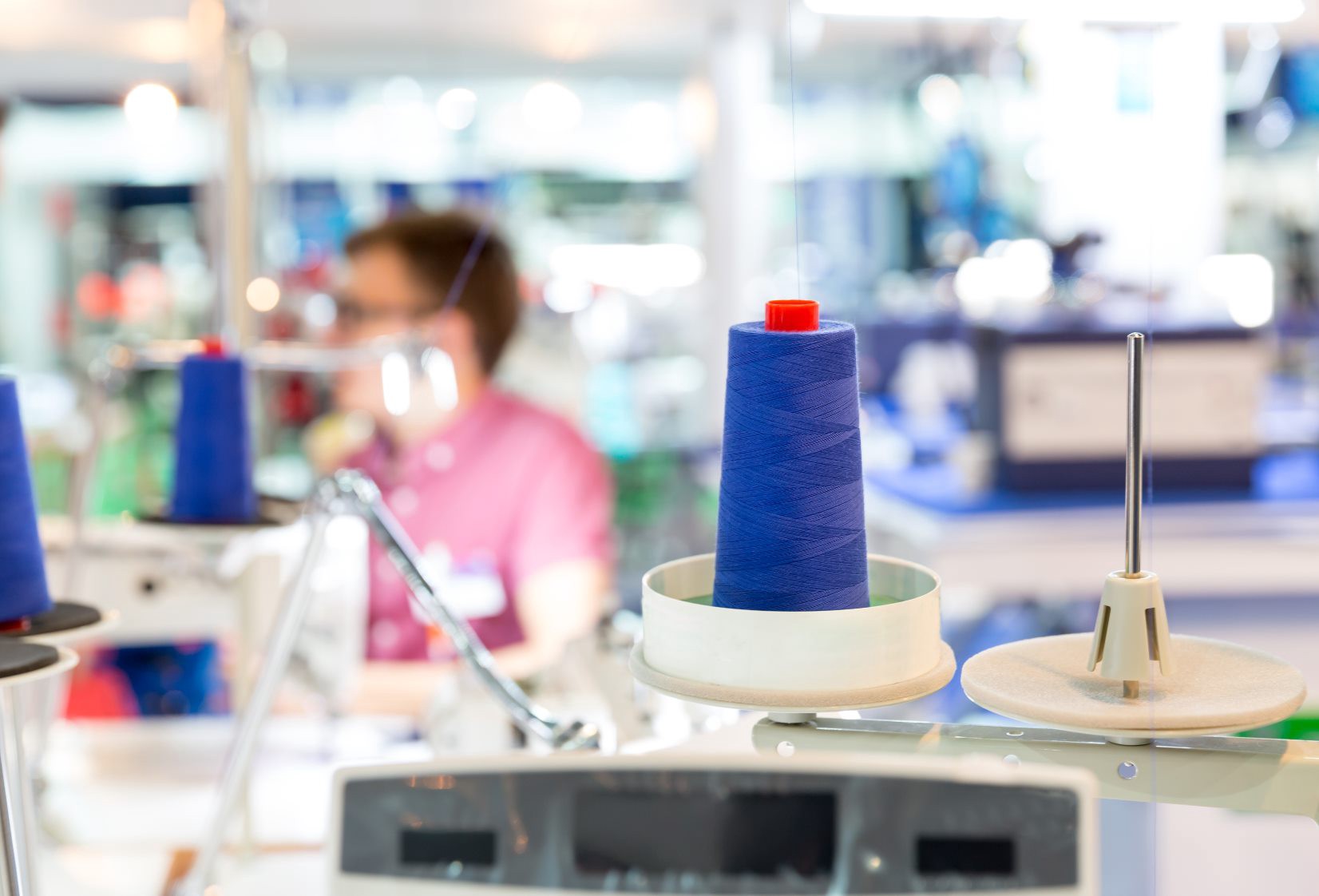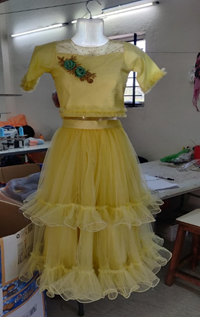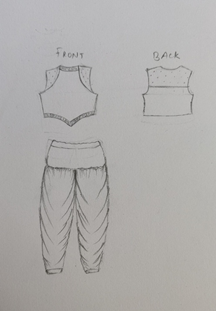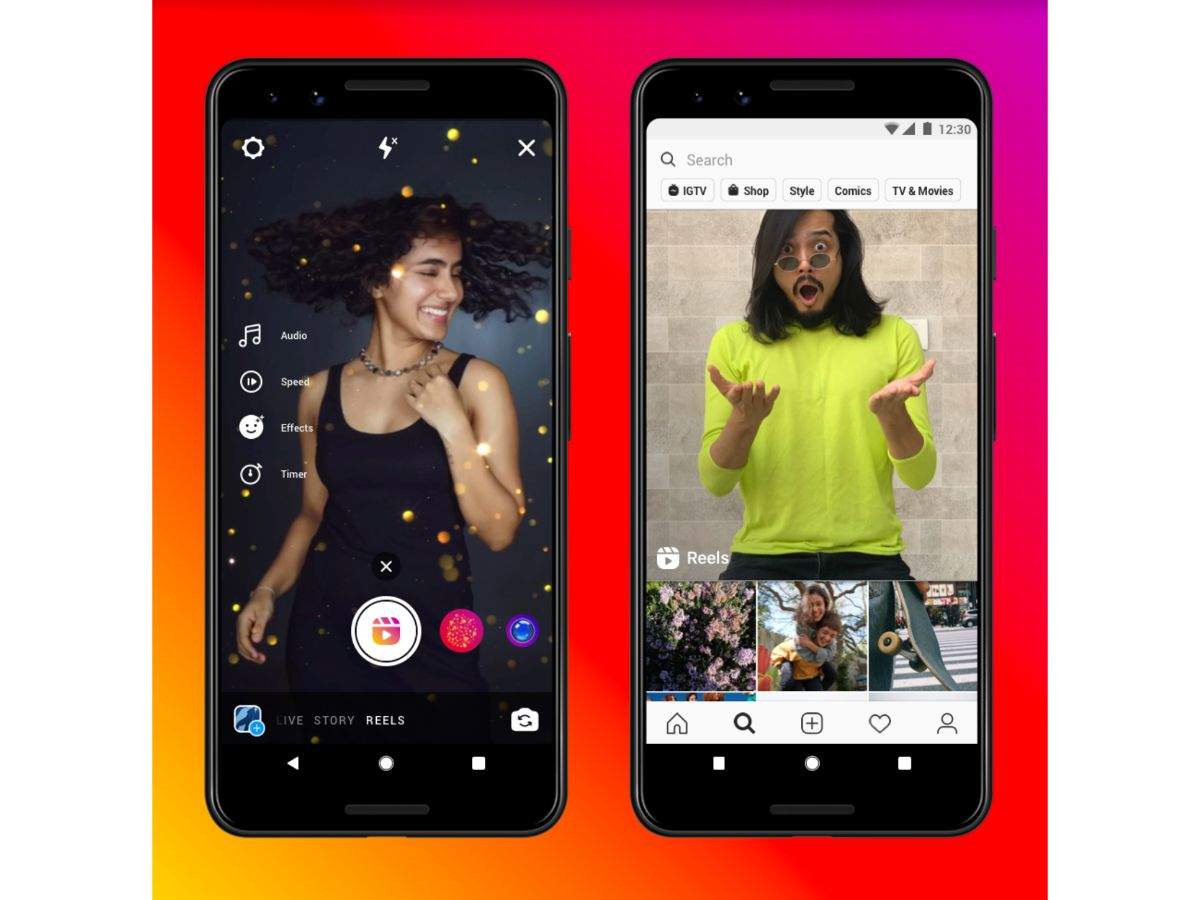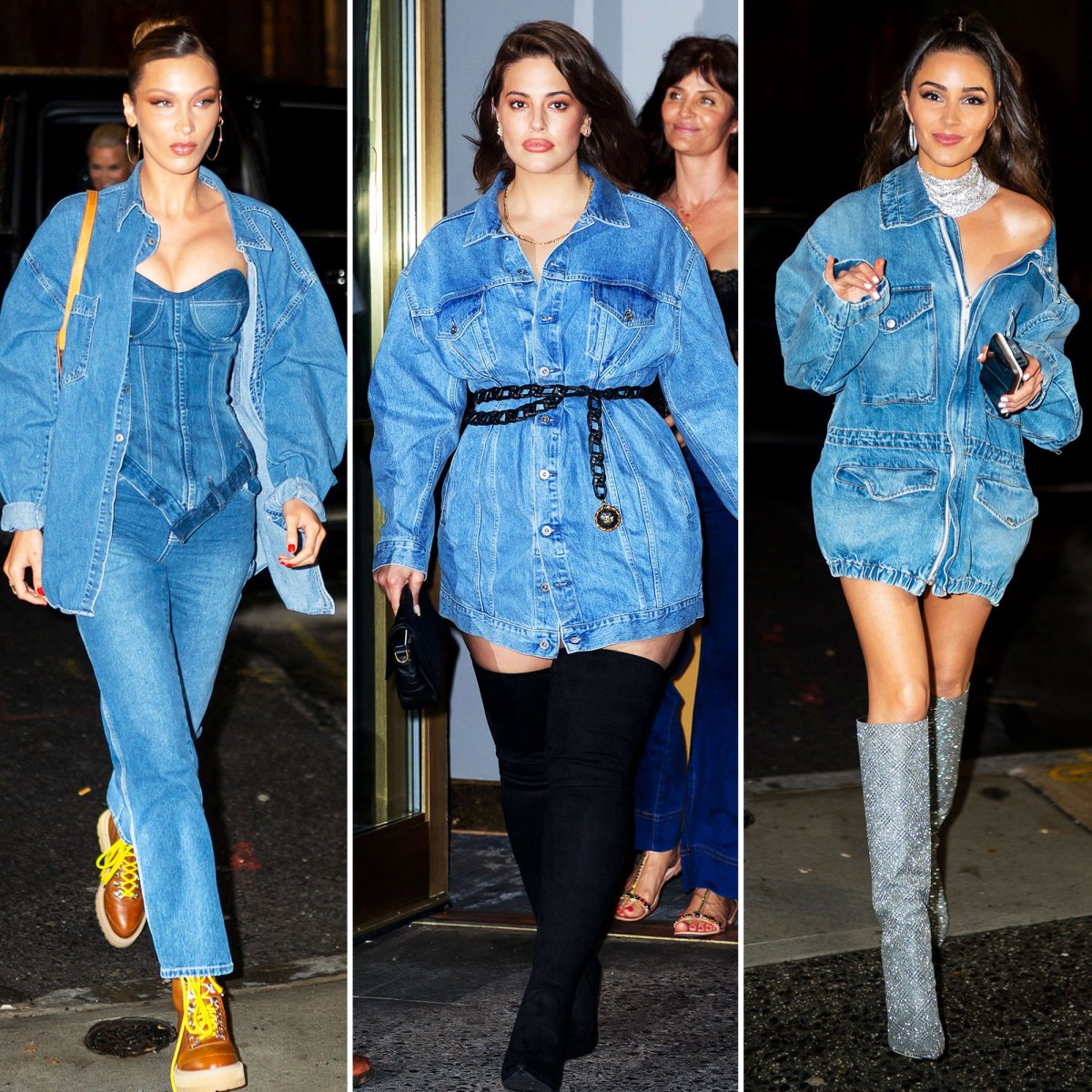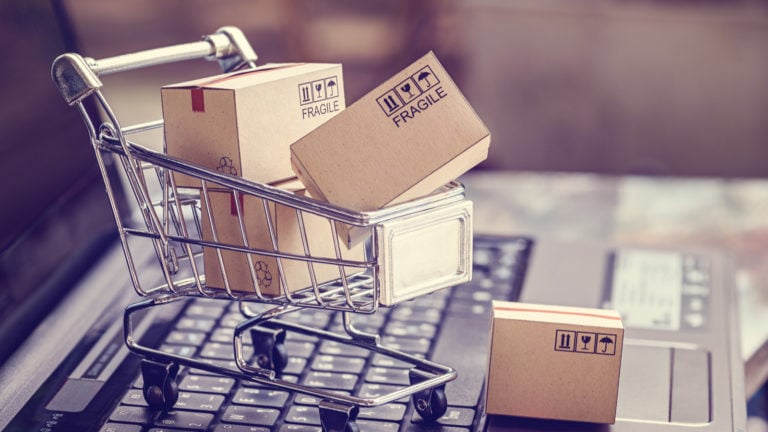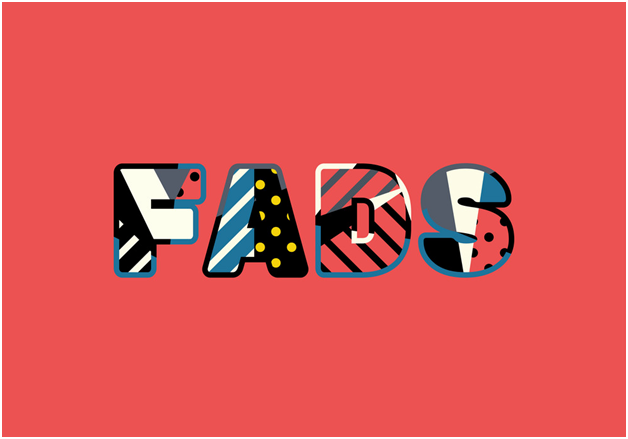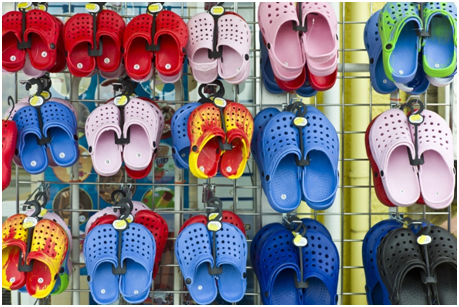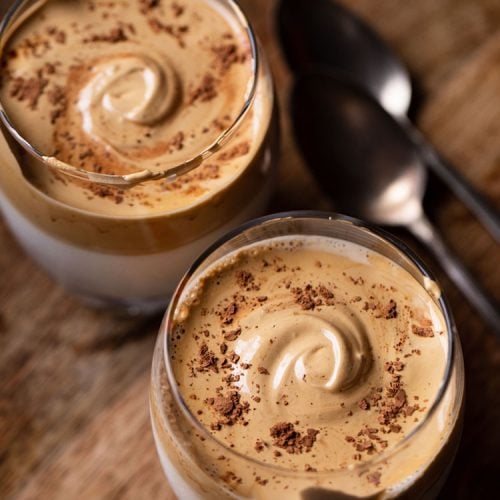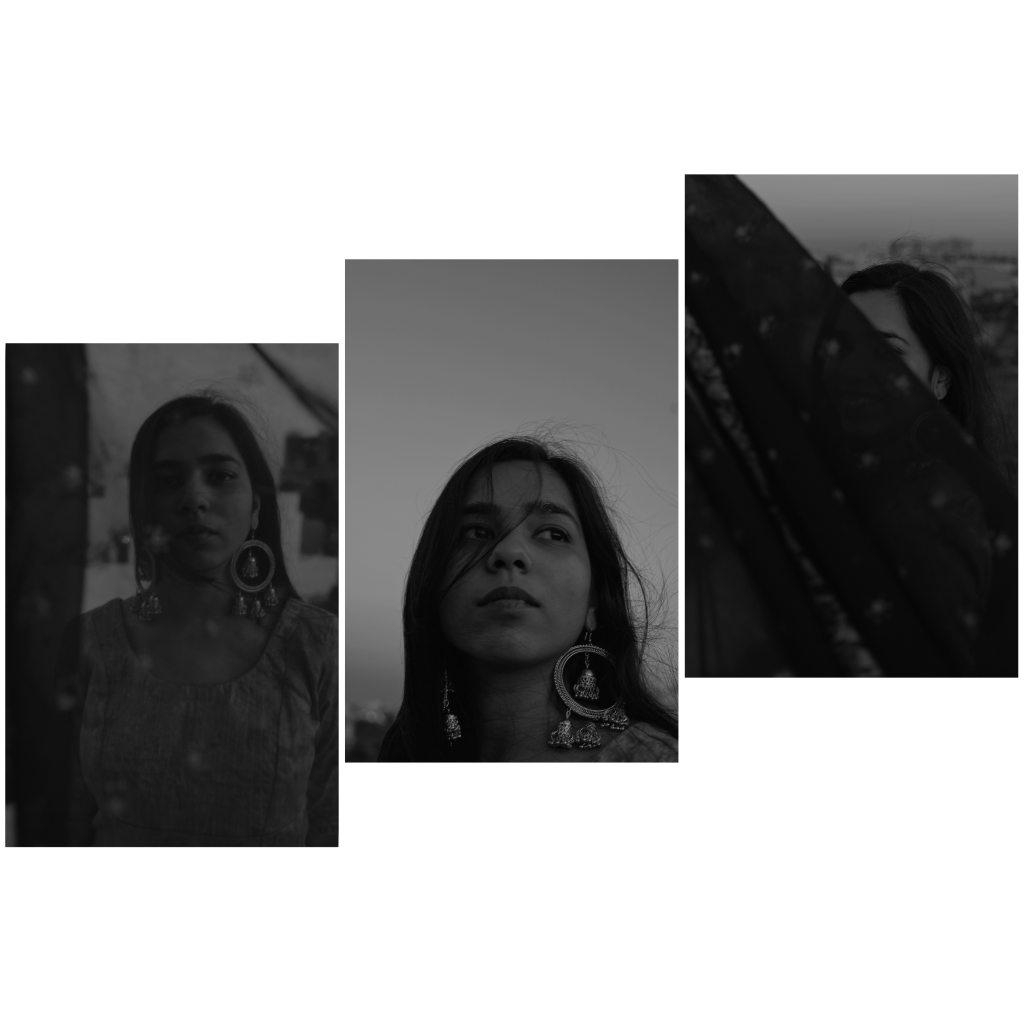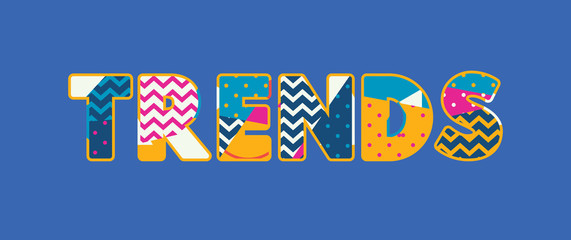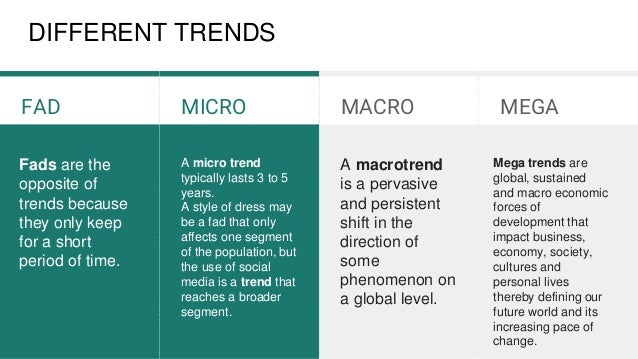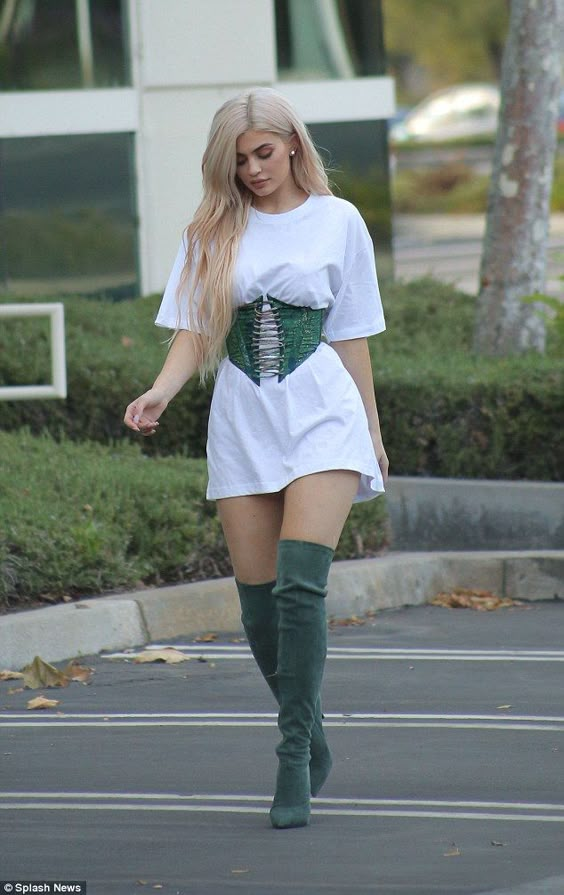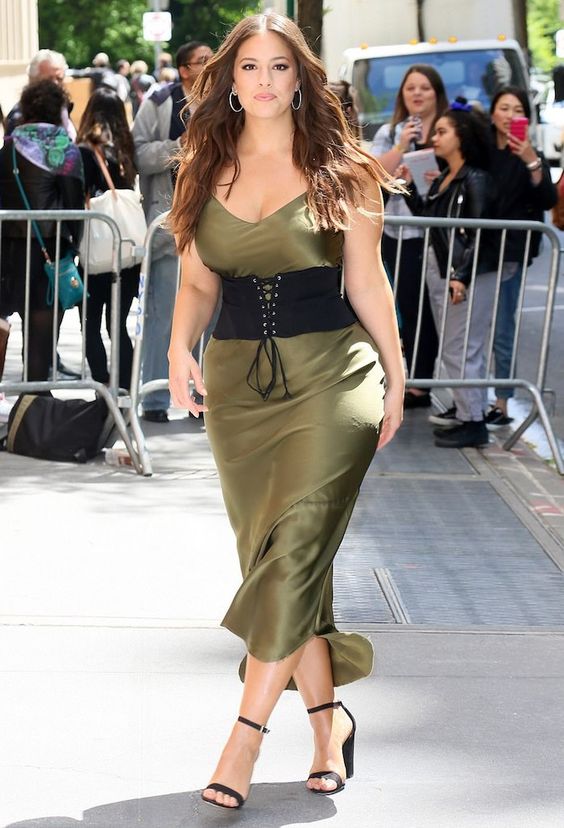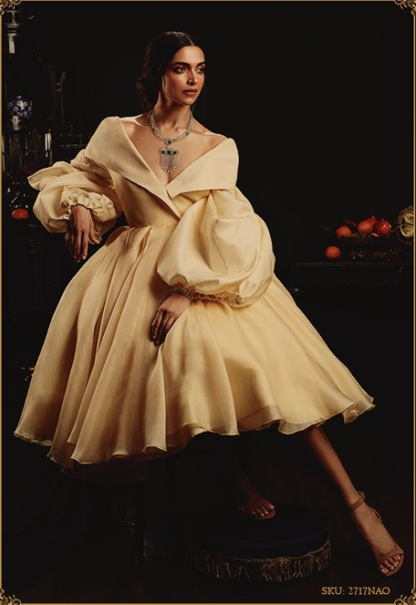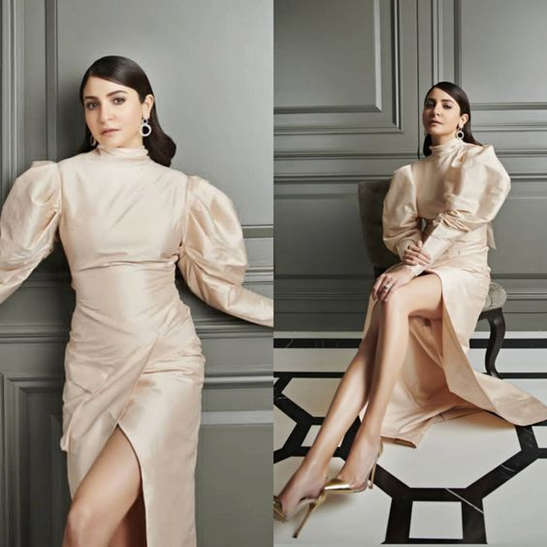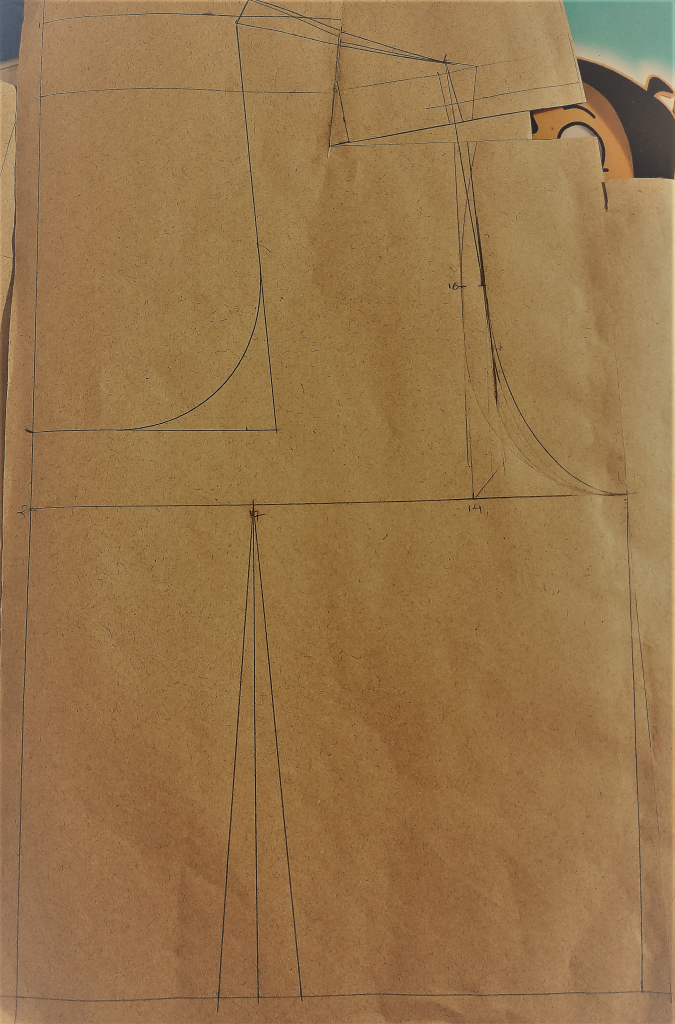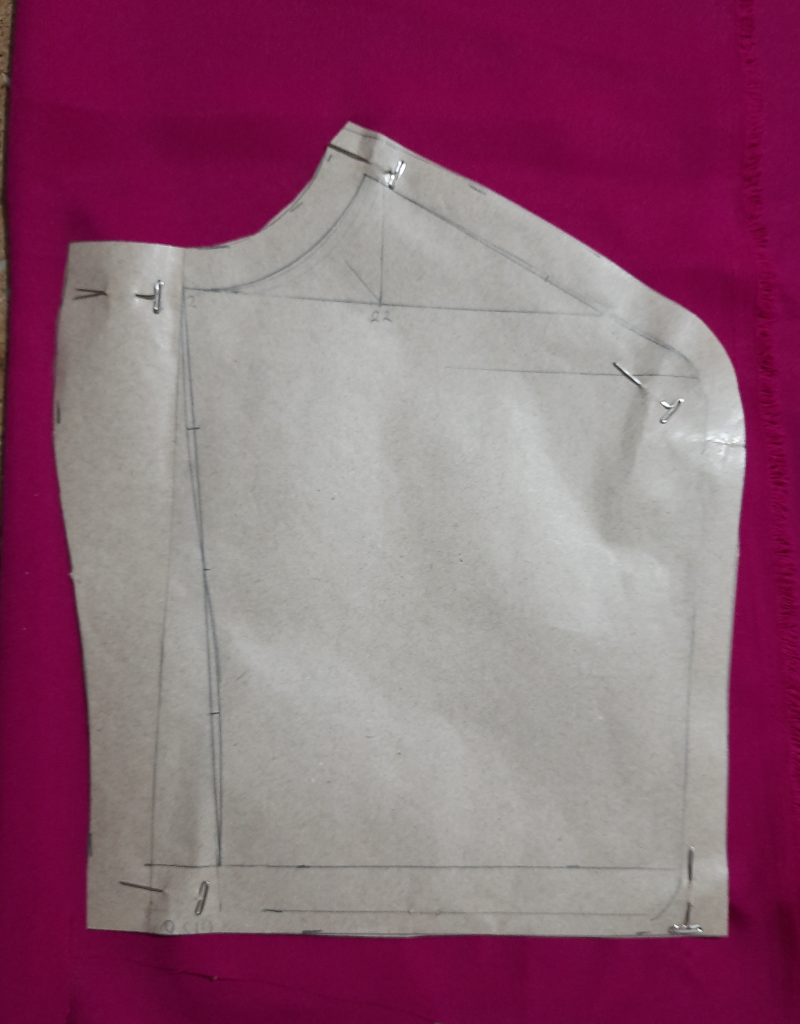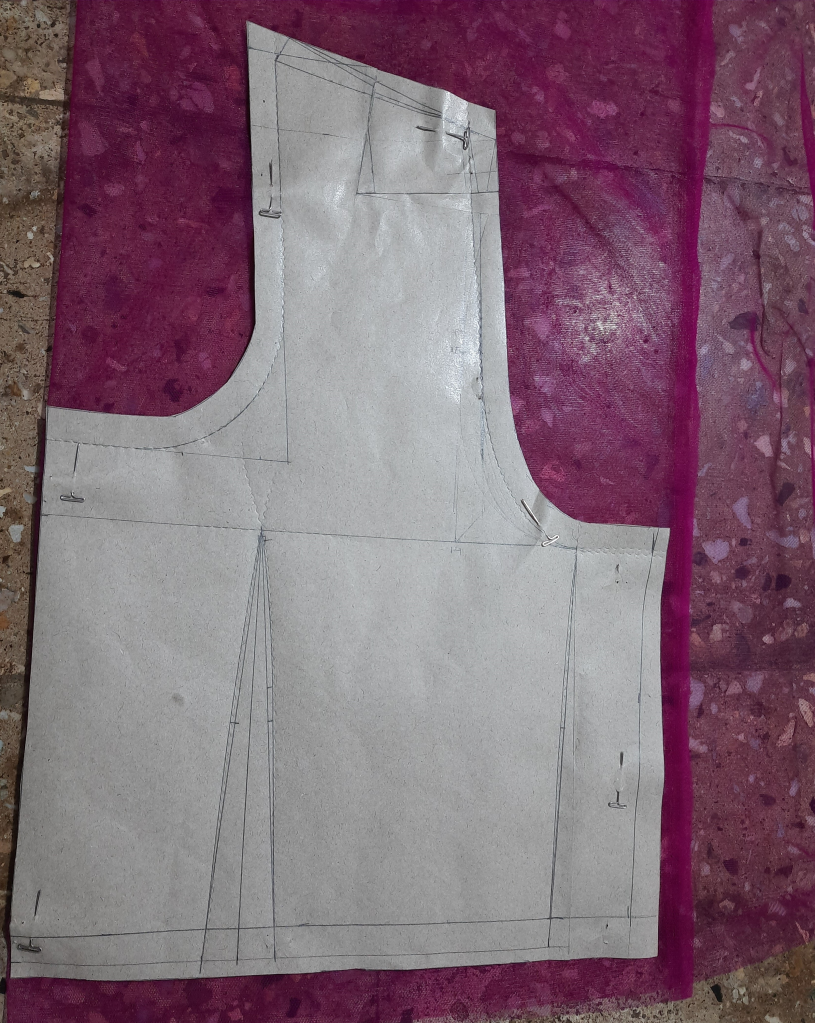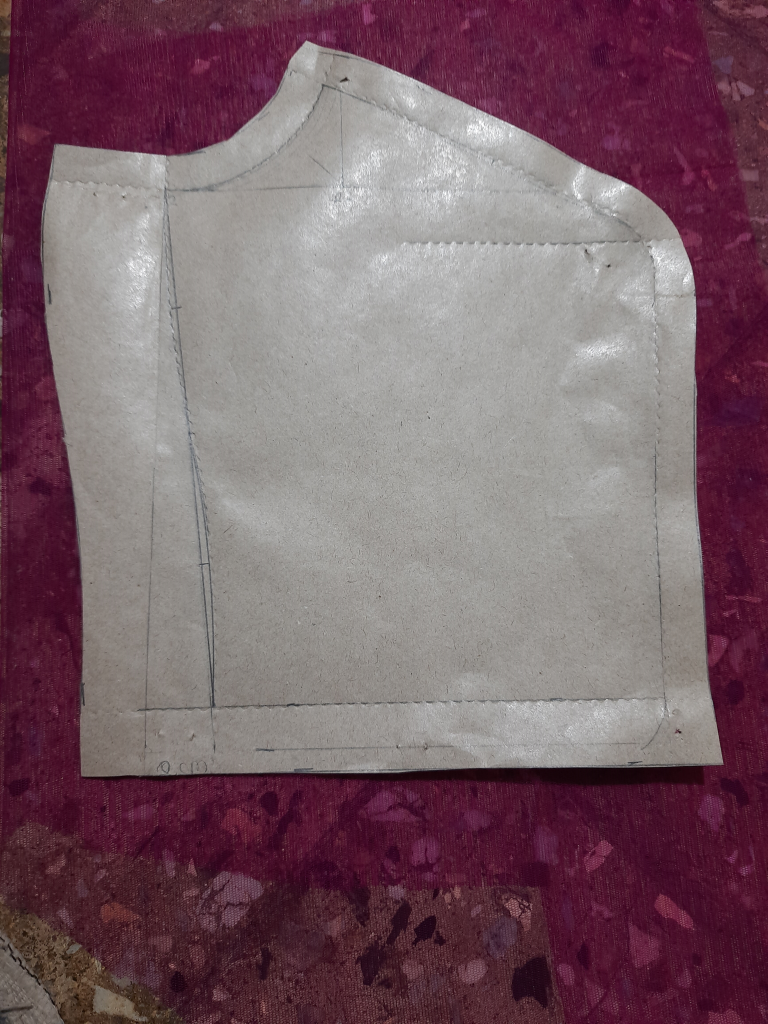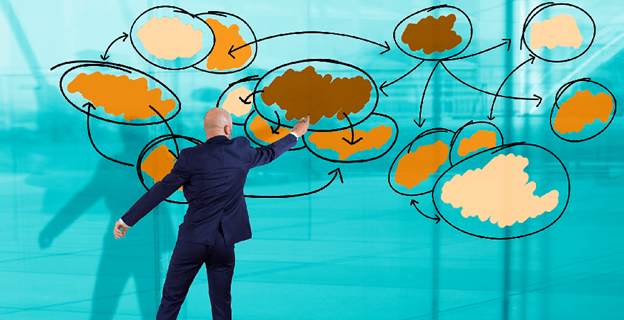Written By- Nikita Rajani
[Guided By- Ms. Neeyati Pathak and Ms. Monika Malik]
Indian ethnic wear is one of the most elegant cloth that people love to wear. Today many designers blend traditional and modern designs and bring out the Indian aesthetic. The rich natural resources of India for making and decorating textiles are extraordinary. Due to various geographical regions and climate changes, we have a great range of plant fibers and natural dyes for the cultivation, weaving, dying, printing and embroiderers making. Over centuries, most regions developed specialties based on local resources, such as the golden silks of Assam, the fine cottons of Bengal, or the red dyes of south-east India. Craftspeople of India use amazing skill-set to process raw materials and produce different variety of dyes, weaves, prints and embroideries regionally.
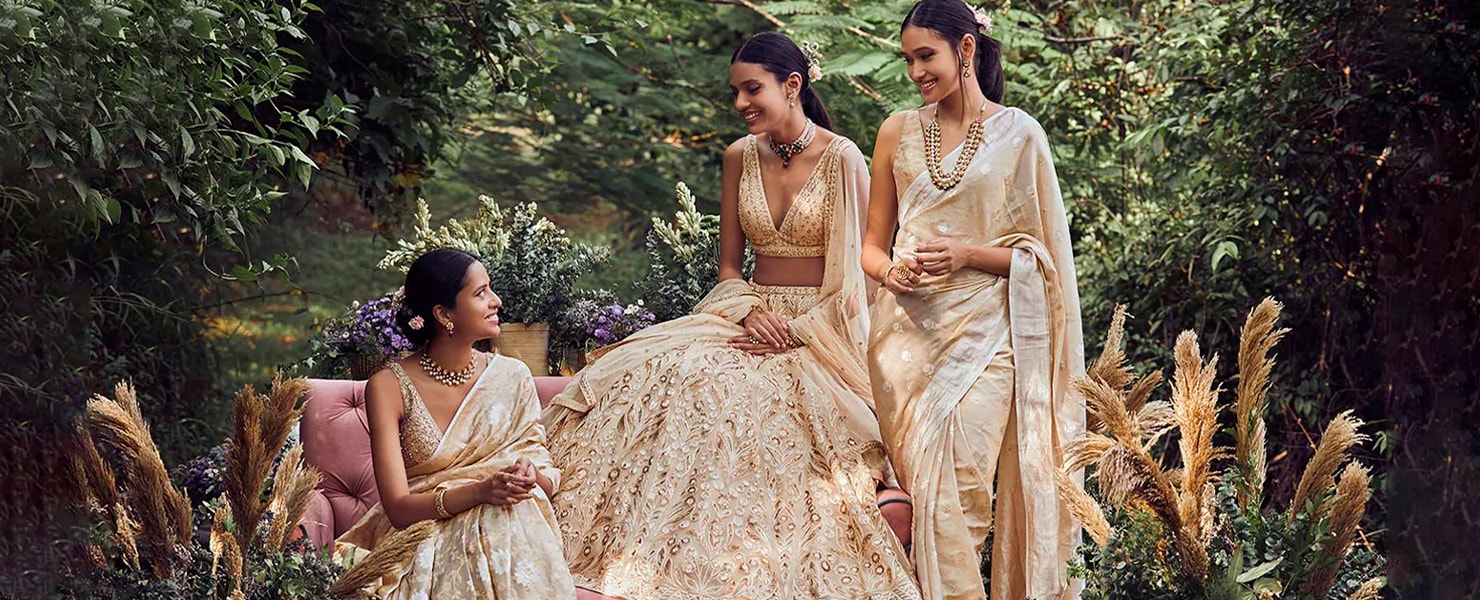
In the last few years, we have been talking about “Sustainable Fashion” but what is it actually? Sustainable fashion is a process of change in fashion and fashion system leading towards eco-friendly fashion(eco-fashion).
We all have become advance – especially in fashion. This is the generation of technology and with the use of technology we do shopping online. Selecting the products and just in single click we have our desired product. But moving with technologies do not give the power to exploit the environment. Today everybody will agree to the fact that fast fashion have reached to such a point that we can not help but fall for it. Due to so much exploitation of environment and resources now sustainable fashion has become a movement for Eco-fashion system.
REUSE
Knowingly or unknowingly, India have always been conscious about sustainable fashion. We have been using and passing the clothes to generation to generation. For instance, our grandmother passed her traditional saree to our mother and in similar manner our mother has passed the same saree to us. We easily get attached to the traditional clothes and with passing those traditional clothes, values are also been passed. So, reuse of clothes has emotional values and is a sustainable fashion.
UP-CYCLE
Today everybody has their own way of style and fashion. Over the years we have noticed how people recreate their old stuff by upcycling them. Like- making lehenga and choli or kurta from old sarees. Upcycle is method of bringing up the sustainable balance in your wardrobe collection. Upcycling not only good for environment but also allow us to be more creative with old products. Upcycle benefits to low production cost and of course saves our natural resources, thus it is a way to create a balance in the eco system.

KANTHA
Kantha is a type of embroidery originated from Bengal state, also known as Nakashi. Earlier, kantha was used to make quilts and blanket in rural areas of Bengal. Layers of layer of old sarees were stitched to make quilt and blanket and running stitch was used at the edge of the design. Later the running stitch was used with motifs like birds, flowers, shapes, animals. Then the kantha embroidery were spotted on sarees also which now has become a type of style in this vast fashion world. So, it was way before today that old craftsmen of India have used sustainable fashion to create quilt blanket.
TRADITIONAL DYING TECHNIQUE
We are familiar with Indian traditional techniques of dying and printing such as- Kalamkari, Block printing, Bandhani, Bagru, Dabu and many more. Old craftsmen of India have always been a step a when it comes to sustainable fashion because these traditional techniques use dyes extracted from nature like vegetable, flower, turmeric, indigo, etc. Using organic dyes and resources and creating organic clothes and products is again comes under sustainable fashion.
Sustainable fashion does not only limit to fashion but also to create a sustainable and fair system in fashion with the labor exploitation. For example-For ages our weaving, dyeing embroidery industries have been run by families, passing on the skills and techniques from generation to generation. Thus, there was no exploitation, no unfair wage practices that comes under ethical and fair-trade fashion which is a sustainable fashion.

India being so active in creating and producing sustainable products its true that we ourselves have lost the track of it because of technology, polyester and western fashion. No doubt, we have been adapting western culture and style in fashion, forgetting our past tradition. Now, western people have realized the need of sustainable fashion system and again we are following them for this and getting back to our route of traditional and sustainable fashion.
I hope this blog was encouraging enough for being sustainable.
Don’t forget to like, comment, share and follow.
